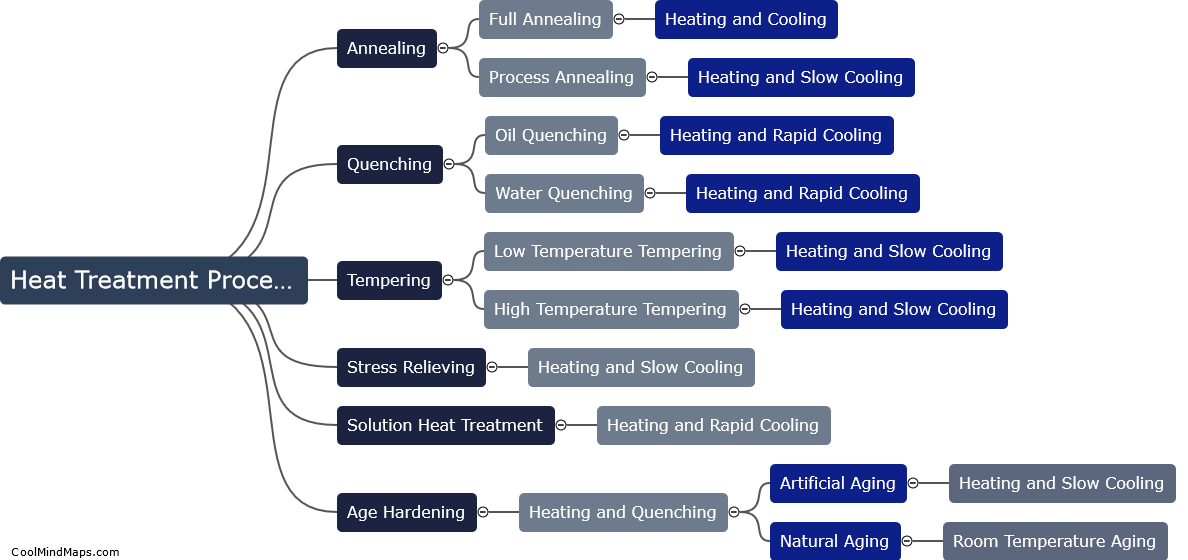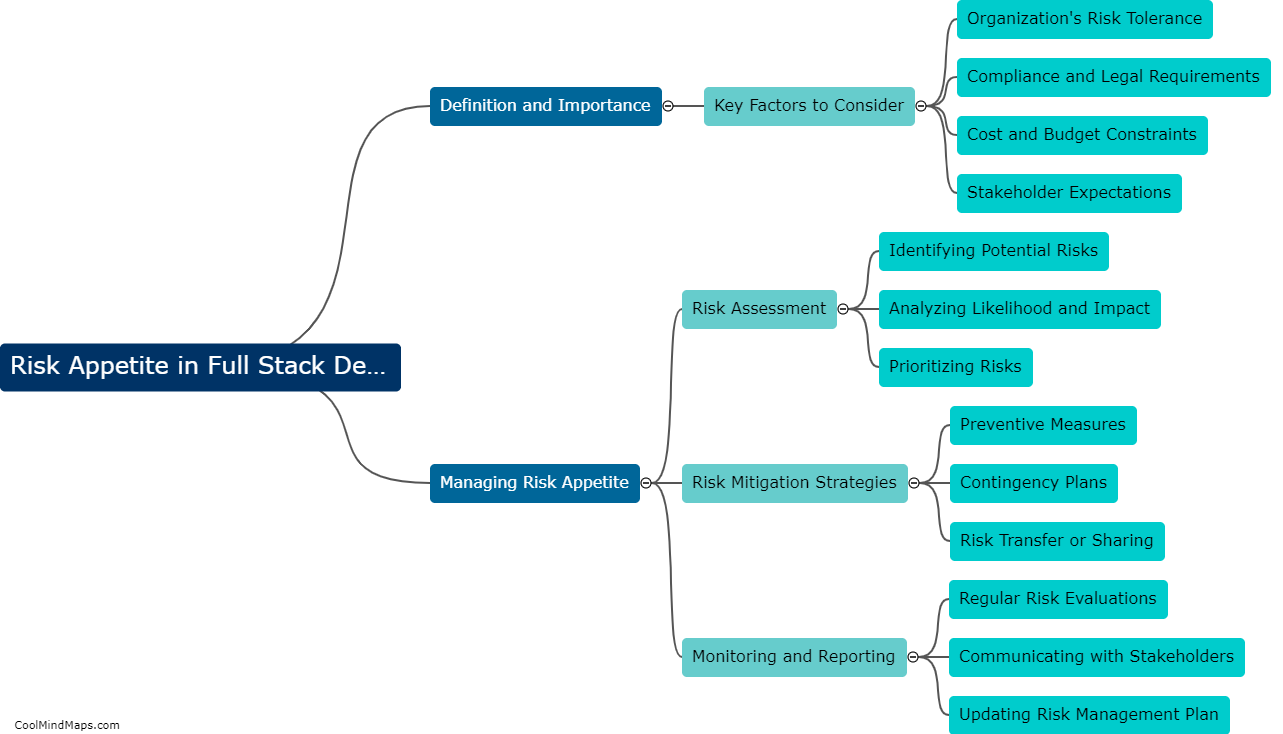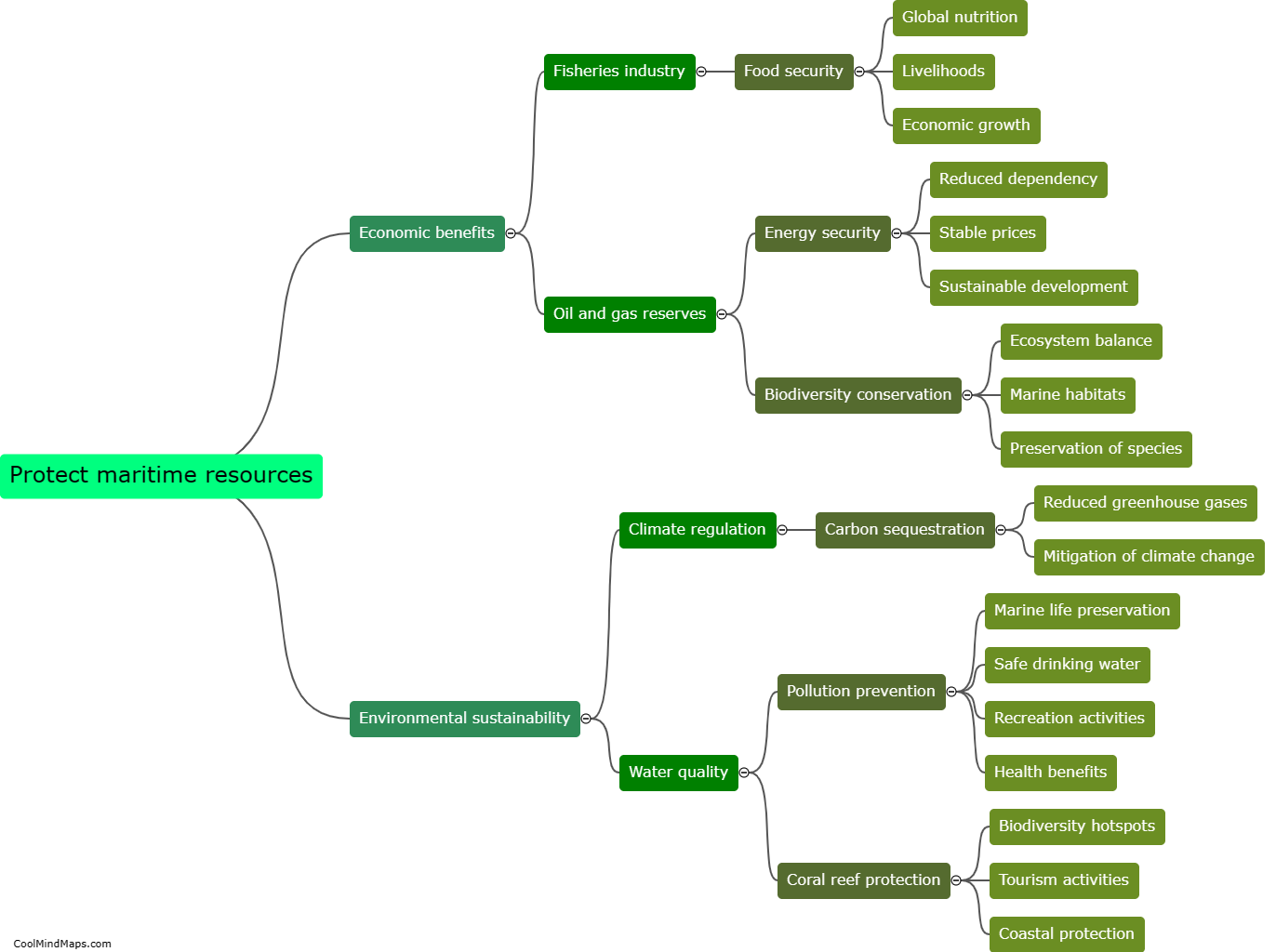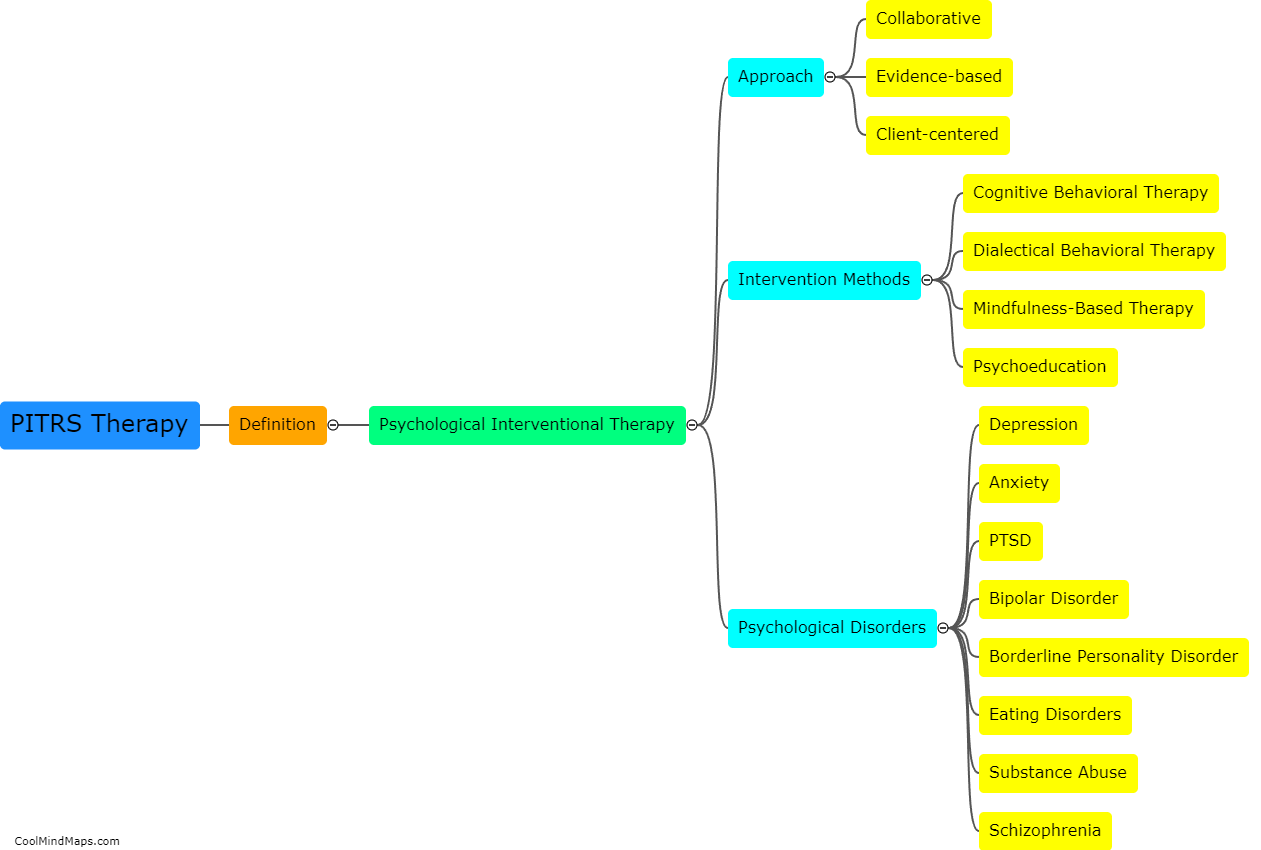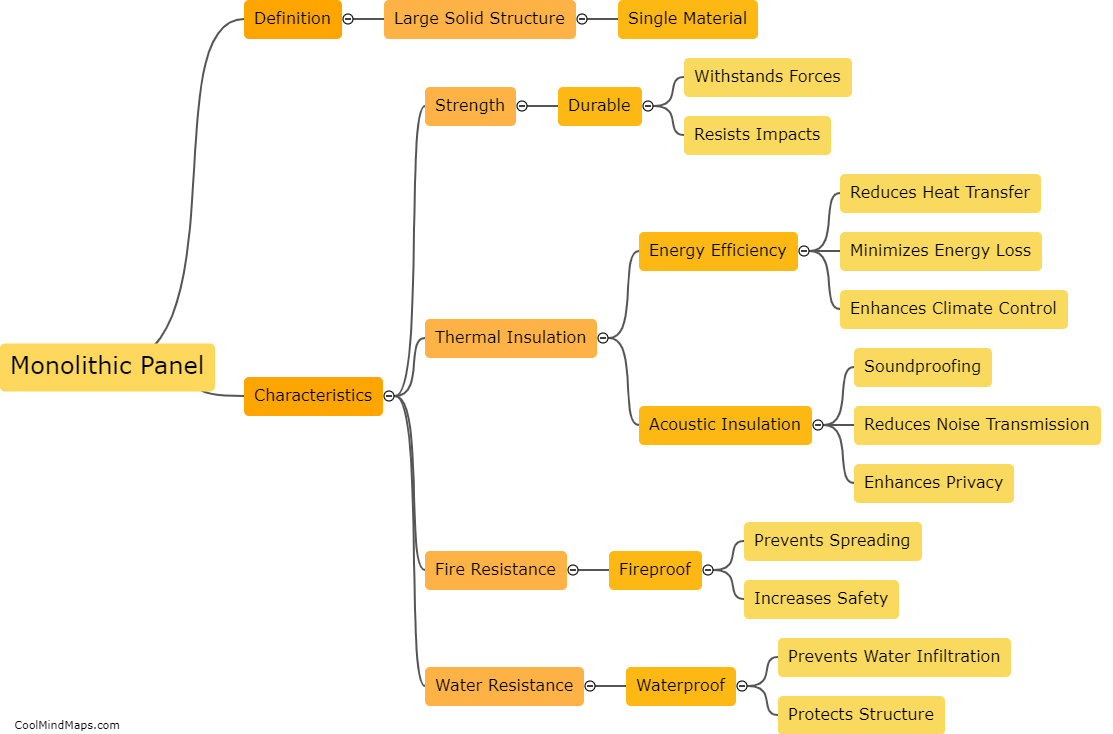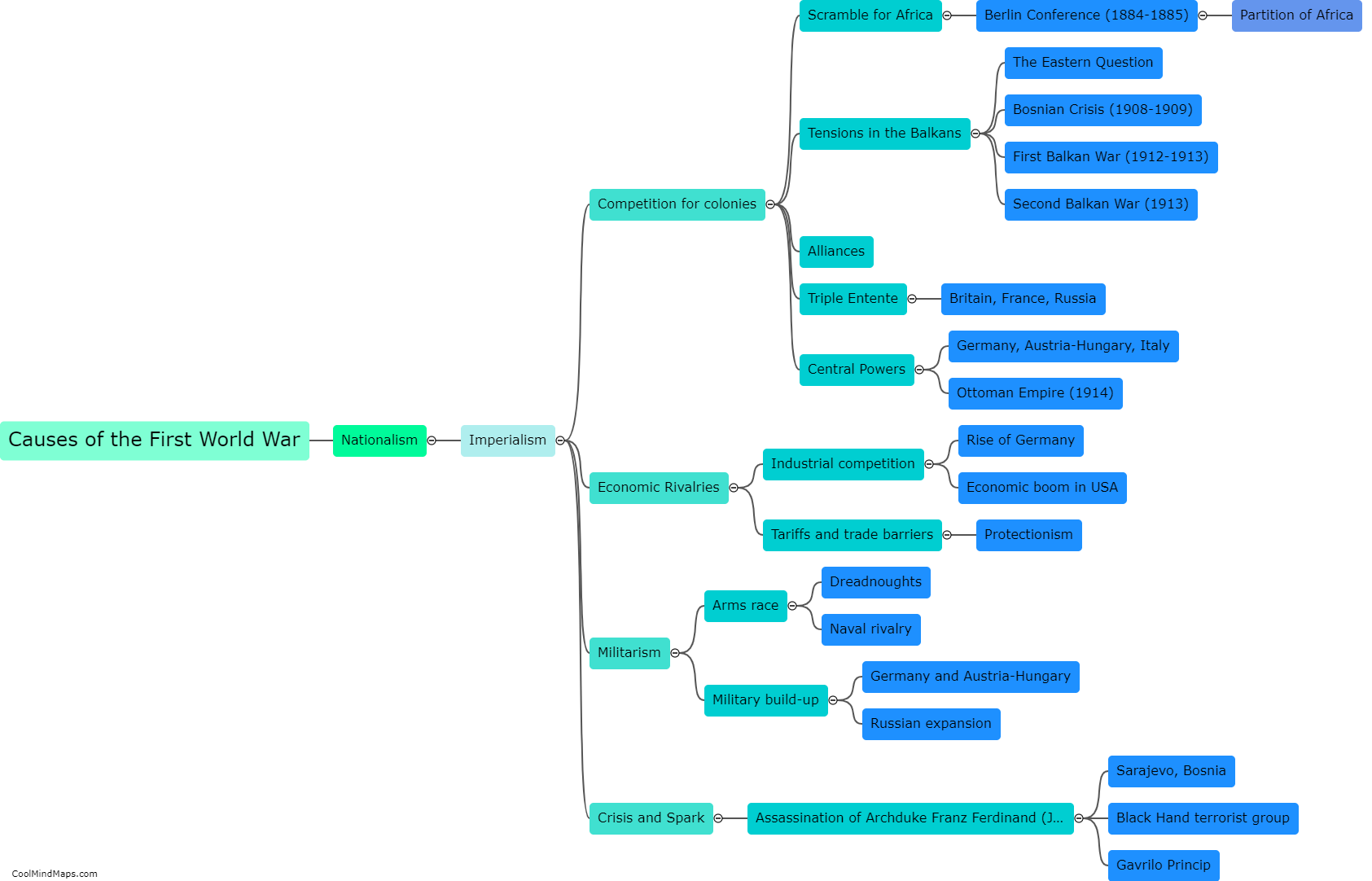What are the challenges and limitations of Continuous Integration?
Continuous Integration is a widely adopted software development practice that brings numerous benefits to the development cycle, such as increased team collaboration and faster time to market. However, it is not without challenges and limitations. One significant challenge is the complexity of integrating changes from multiple developers working concurrently on different branches or features. Merge conflicts and integration failures can arise, requiring time and effort to resolve. Additionally, ensuring that all tests pass and avoiding regressions can be another hurdle, as maintaining a comprehensive and efficient test suite can be time-consuming. Scaling CI for large projects with a significant number of contributors can also pose challenges, including increased build and test times and the need for efficient resource allocation. Finally, CI may not be suitable for all types of projects, particularly those with extensive manual testing or projects that require complex staging environments. Overall, while Continuous Integration offers numerous advantages, these challenges and limitations need to be considered and addressed to fully maximize its benefits.

This mind map was published on 30 June 2023 and has been viewed 102 times.


